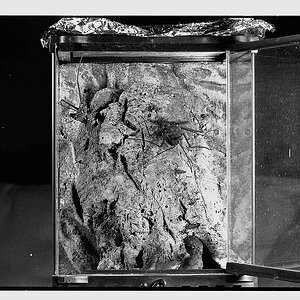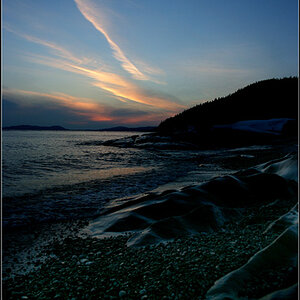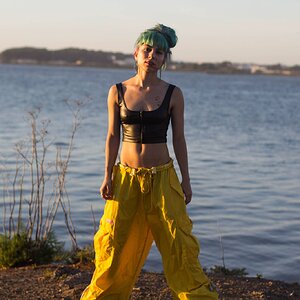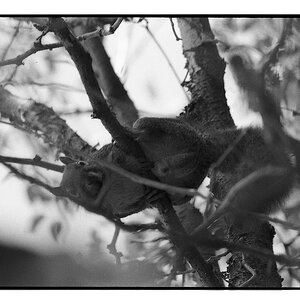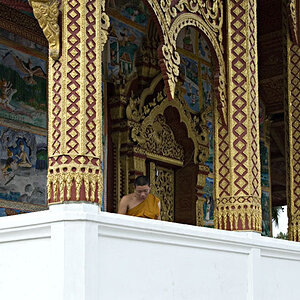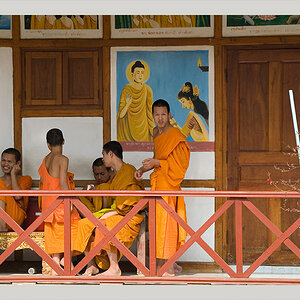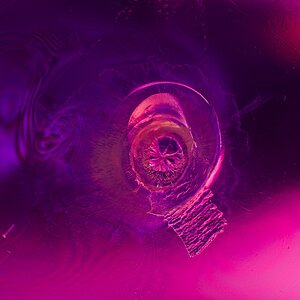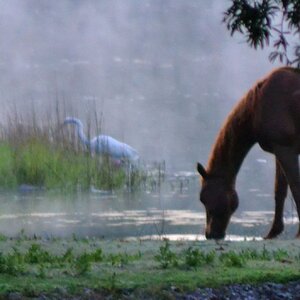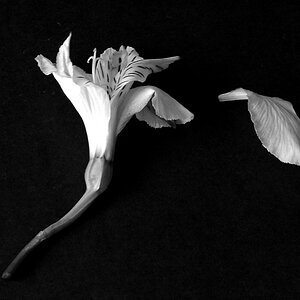jcdeboever
Been spending a lot of time on here!
- Joined
- Sep 5, 2015
- Messages
- 19,868
- Reaction score
- 16,081
- Location
- Michigan
- Can others edit my Photos
- Photos OK to edit
Not sure but the Fujifilm 60mm 2.4, 1:2 macro is very versatile, portraits, street, macro, whatever. Only thing it's not ideal for is capturing fast action. It is my favorite lens. There is more to lens than focal length... Micro contrast, luminance, bokeh, focus control, etc. I picked it over the Zeiss (50mm 1:1 macro) mainly due to micro contrast.
I think you can say that about virtually any macro lens. They have a flat field and, hence, have great corner resolution when used as a regular lens. That makes them quite effective at wide apertures. I use macro lenses a lot.
Glad to know the Fujinon 60 is so good. Mine should be here next week. Out of curiosity, are the Zeiss Touit lenses compatible with metering and AF?
They are compatible all the way around. It is very nice but rather noisy, they like buzz and make electronic sounds. I borrowed the 50 1:1 and I called him immediately because I thought something was wrong with it but I guess that is the nature of it.
You will love that Fujifilm 60mm, super nice optics, Zeiss is right there with it but I liked how the Acros simulation looked with the Fujifilm, slightly better micro contrast. If your camera has focus peaking highlights, try it, pretty darn cool and extremely useful.
Yes my E1 has focus peaking. Now I need to find a deal on a Fujinon 14.
Good luck with that. Rumor has it, a sales is coming up in June on Fujifilm, not sure what is going to be on sale.



